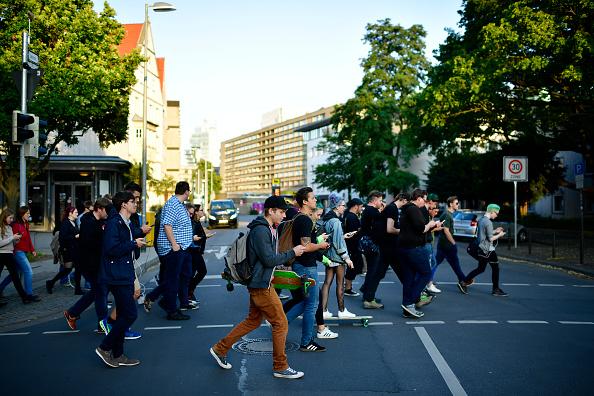Even if you don’t know what nomophobia is, there’s a 99.2 percent chance you’ve got it.
An Australian-first study has measured the fear of being without a mobile phone, finding nearly everyone with a mobile has it.
For more than one in 10, the phobia is so severe it leads to dependent or even dangerous use.
Nomophobia—short for no mobile phone phobia—is more prevalent in younger people.
The 18-to-25 age bracket reported the highest levels, while men are more likely to fear separation from their phones than women.
Four-in-five Australians have access to a mobile phone with internet access, and there are more mobile phone subscriptions than people—109 phones per 100 people.
The study, by BehaviourWorks Australia researchers, surveyed 2,838 Australians on their phone habits and found 43 percent spent more than three hours a day on their phones.
The more time spent phone-in-hand, the higher level of nomophobia.
Those with the fear are 11 times more likely to have a problematic dependency with their device, and 10 times more likely to use their phones when they shouldn’t, including in libraries, classrooms or cinemas.
They’re 14 times more likely to use phones dangerously when driving, cycling or walking.

The fear may be a rational response to our reliance on phones to keep in contact with family and friends, scanning coronavirus QR codes or accessing information, lead researcher Fareed Kavianai said.
But it becomes a problem when the digital world is prioritised over the physical.
“Habits are involuntary, and mindless engagement can continue in physical environments where use is prohibited, like the cinema or library, or even become dangerous, such as using a phone while driving or crossing the road,” he said.





